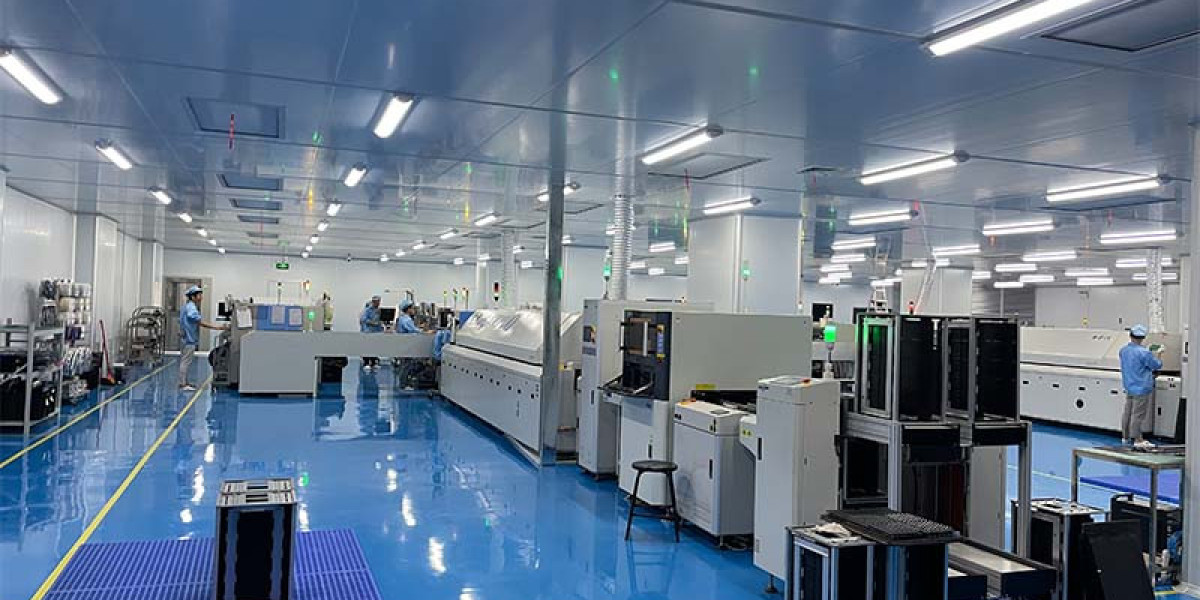Here are key details to prioritize:
- Thermal Management: Aluminum substrates excel at heat dissipation, but improper soldering (e.g., excessive temperature or duration) can damage the PCB’s dielectric layer. Use a controlled reflow profile matching the substrate’s thermal tolerance.
- Component Compatibility: Ensure components (especially high-power ones like LEDs or MOSFETs) are rated for the substrate’s thermal performance. Avoid overloading to prevent overheating.
- Soldering Quality: Poor solder joints can hinder heat transfer and electrical conductivity. Inspect for cold joints, bridges, or insufficient wetting—use flux suitable for aluminum substrates if needed.
- Handling Care: Aluminum PCBs are sturdier than FR4 but can still warp under uneven pressure. Use proper fixtures during assembly to maintain flatness, critical for heat distribution.
- Design Alignment: Verify that component footprints align with the substrate’s pads to avoid stress on solder joints, which can compromise both electrical and thermal performance.
By focusing on these details, you’ll maximize the reliability and efficiency of aluminum PCB assemblies, leveraging their full potential in high-heat, high-performance systems. At Hitech Circuits, we have rich experience in Aluminum PCB fabrication and assembly, if you have such requirements, please feel free to contact us.



